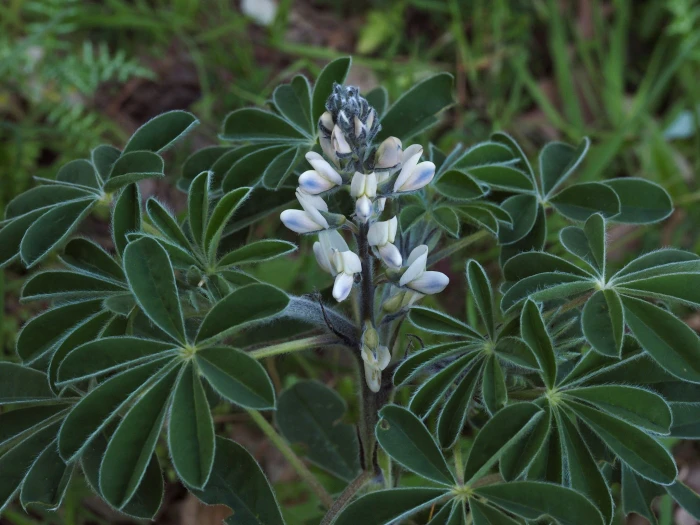White Lupin
(Lupinus albus)
White Lupin (Lupinus albus)
/
/

Mario Bassini
CC BY 4.0
Image By:
Mario Bassini
Recorded By:
Copyright:
CC BY 4.0
Copyright Notice:
Photo by: Mario Bassini | License Type: CC BY 4.0 | License URL: http://creativecommons.org/licenses/by/4.0/ | Rights Holder: Mario Bassini | Publisher: iNaturalist | Date Created: 2017-03-19T13:54Z |
























Estimated Native Range
Climate Requirements for Ewa Gentry, Hawaii
| This Plant | Your Site | Plant Suitability for Your Location | ||
|---|---|---|---|---|
| • Precipitation | Unknown" - 146" | 48" | Aquatic | Aquatic |
| • High Temp. | 59°F - 109°F | 89°F | Your summer temperatures are normal for this plant. | Excellent |
| • Low Temp. | -4°F - 60°F | 64°F | OK, but your winter temperatures are warmer than normal for this plant | OK |
This plant may not grow well at your location - your precipitation is too high.
Summary
Lupinus albus, commonly known as White Lupin, is an annual herb native to the Mediterranean region, particularly found in meadows, pastures, and grassy slopes with sandy and acidic soils. It typically grows to a height of 12 to 47 inches (30 to 120 centimeters). White Lupin is characterized by its palmate leaves and erect, showy flower spikes that bloom in late spring to summer, displaying a range of colors including blue, violet, pink, or white. The flowers are followed by hairy seed pods that contain the lupin seeds, which are notable for their culinary use after proper preparation to remove alkaloids.
White Lupin is valued for its nitrogen-fixing abilities, which can improve soil fertility, making it beneficial in agricultural settings as a green manure crop. In gardens, it is often grown for its attractive flowers and as a cover crop. It requires well-drained, moderately fertile soil and thrives in full sun to part shade. While generally easy to grow, it can be susceptible to fungal diseases and aphid infestations. White Lupin is potentially invasive in some regions outside its native range due to its prolific seed production and adaptability to various environments. Gardeners should consult local guidelines before planting to prevent unintended spread.CC BY-SA 4.0
White Lupin is valued for its nitrogen-fixing abilities, which can improve soil fertility, making it beneficial in agricultural settings as a green manure crop. In gardens, it is often grown for its attractive flowers and as a cover crop. It requires well-drained, moderately fertile soil and thrives in full sun to part shade. While generally easy to grow, it can be susceptible to fungal diseases and aphid infestations. White Lupin is potentially invasive in some regions outside its native range due to its prolific seed production and adaptability to various environments. Gardeners should consult local guidelines before planting to prevent unintended spread.CC BY-SA 4.0
Plant Description
- Plant Type: Herb
- Height: 2-3.9 feet
- Width: 1-2 feet
- Growth Rate: Moderate, Rapid
- Flower Color: White
- Flowering Season: Spring, Summer
- Leaf Retention:
Growth Requirements
- Sun: Full Sun, Part Shade
- Water: Medium
- Drainage: Fast, Medium
Common Uses
Bee Garden, Border Plant, Deer Resistant, Drought Tolerant, Edible*Disclaimer: Easyscape's listed plant edibility is for informational use. Always verify the safety and proper identification of any plant before consumption., Low Maintenance
Natural Habitat
Native to meadows, pastures, and grassy slopes with sandy and acidic soils in the Mediterranean region
Other Names
Common Names: White Lupin, Wolf Bean, Mediterranean White Lupin, White Lupine, Field Lupine
Scientific Names: Lupinus albus, Lupinus albus subsp. graceus, Lupinus hirsutus, Lupinus varius
GBIF Accepted Name: Lupinus albus